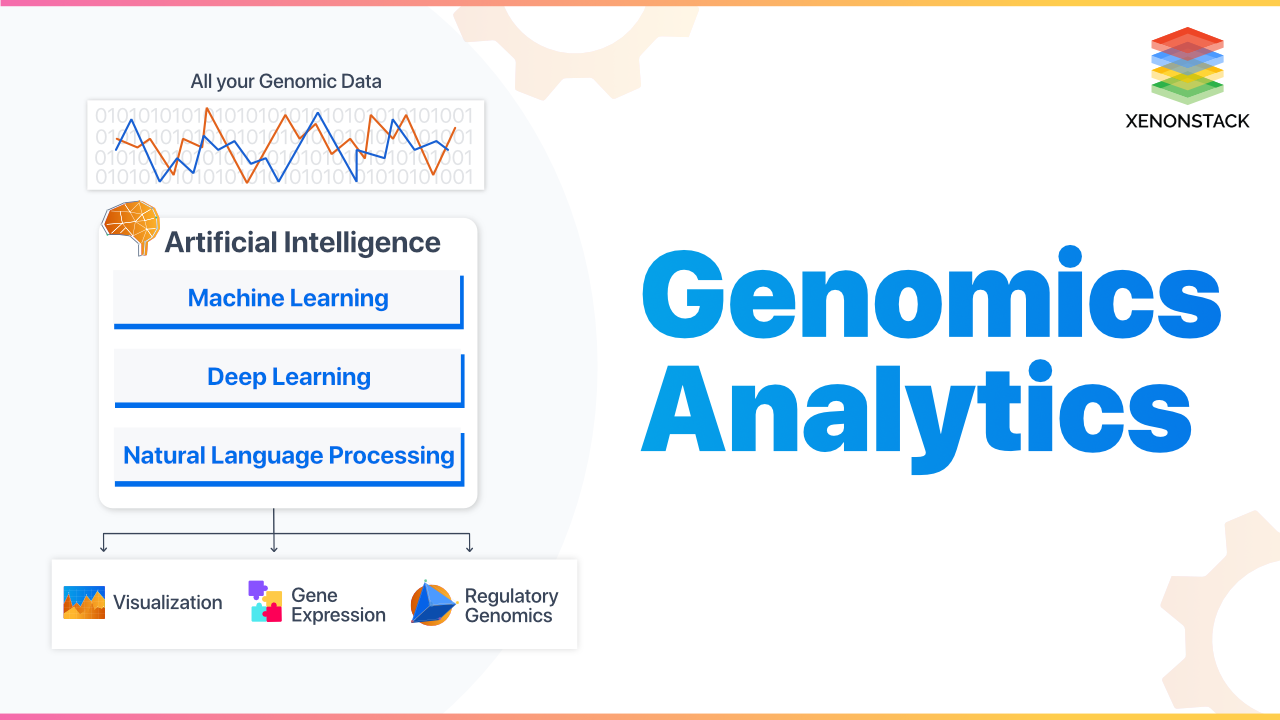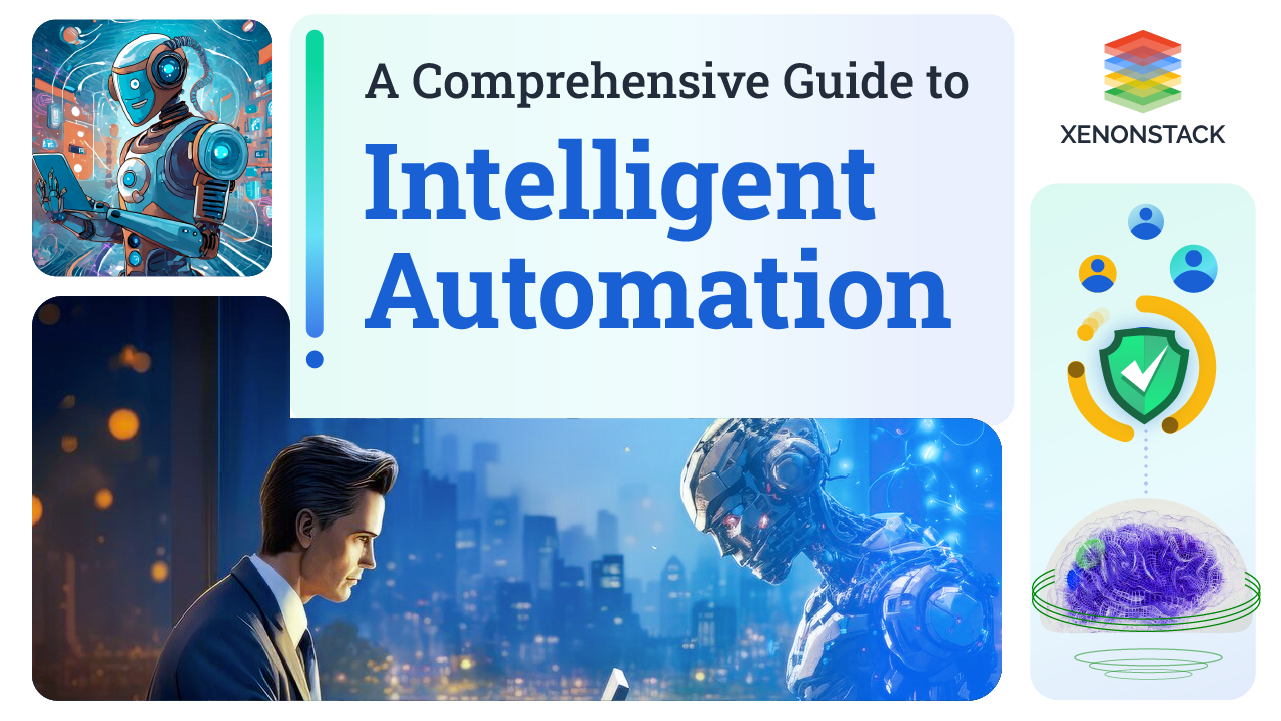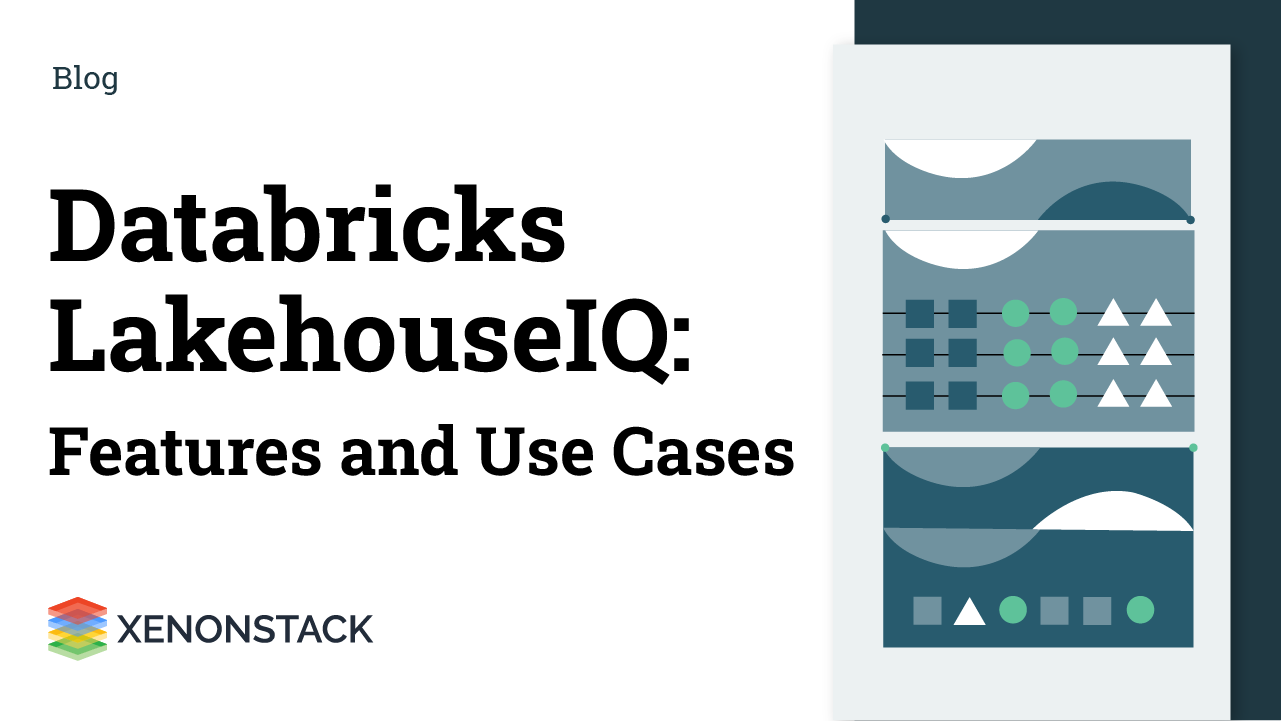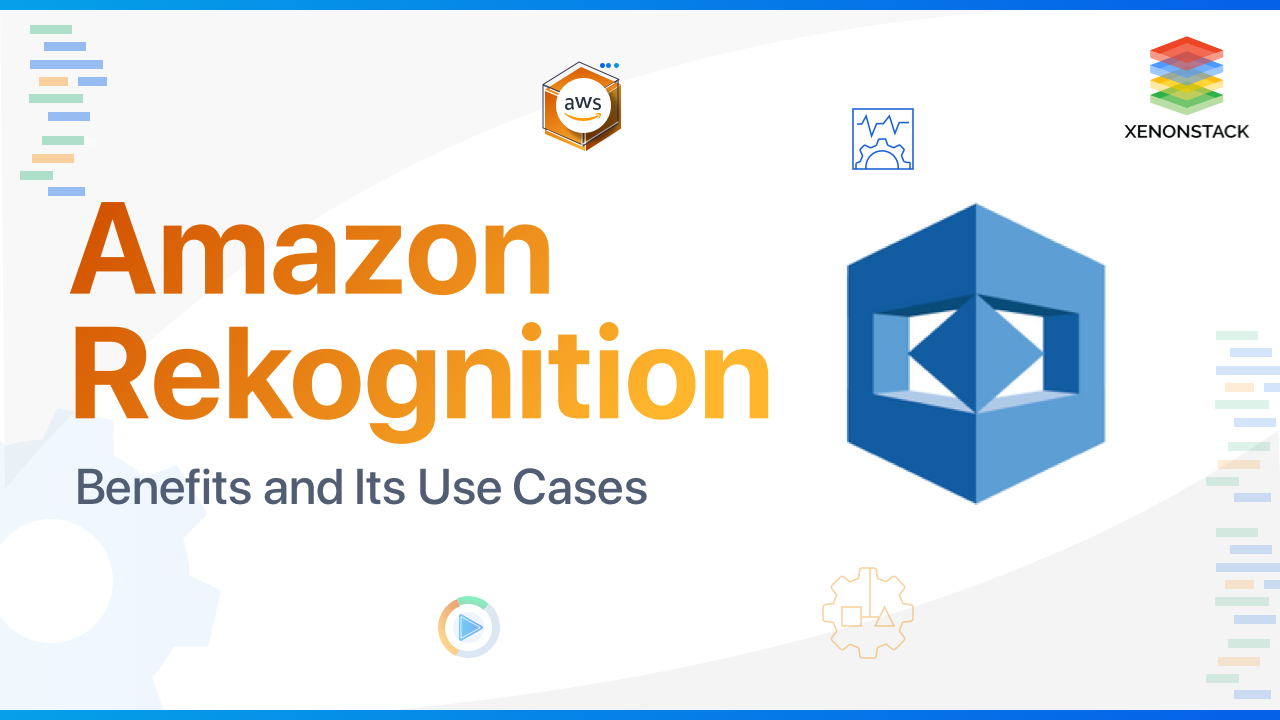
Introduction to Genomics Analytics Platform
The main reason behind the fact that “now it is possible to handle genome data and genomics research” is the evolution in the area of Big Data Analytics. Dr. Robert Green ( Professor of Medicine at Harvard Medical) described the relation of Big Data and Genomics Analytics by these words -- “Genomics is Big Data, Big Data are genomics, and this is, I think clearly one cutting edges of the ways in which Big Data are going to become integrated into the practice of Medicine”.- The genome data that exist in the body of a single human can be considered as the size of a universe. The first human genome was sequenced between 1998 and 2001 which took near about $2.8 billion as cost. But due to the existence of Data analytics and different Big Data Technologies, now it takes around three days and $1000 as the cost for sequencing a single human body genome.
- Genomics analytics is responsible not only for handling non-invasive generational diagnostic tests but sooner this technology will become an answer to the problems related to the diagnostic test and clinical screening which will result in a way to expand the work related to genomic medicine.
Big Data Platform focuses on providing their user with efficient analytics tools for massive datasets. Source- Big Data Platform
- Talking about the use of this technique in the jargon of biomedical, with the help of genomics and data science, it is possible to find abnormalities in the genome sequencing which are causing diseases such as cancer, autism, and heart disorders. Considering the case of heritable diseases which are rare and can be diagnosed using genome sequencing of individual members.
Technological Insights - Machine learning in Genomic Perspective
Machine learning (considering Deep learning as its subset technique) is itself consists of many different methods that can be used to resolve various problems of genomics with its advantages and applications.- One of the most famous deep learning model architectures, CNN can be trained for global characterization and local characterization of genomic data. The specialization of CNN in extracting features adaptively during training becomes a big plus for it while handling genomic data. Recently it is used for the tasks like modeling the sequence specificity of protein binding and to study the functional activities of DNA sequence.
- RNN, which is known for its capability to handle speech recognition tasks, is also used to data that is sequential and utilized for processing DNA sequence its genomics. RNN is used for developing DeepNano for base calling, DanQ for quantifying the function of non-coding DNS, and most importantly an LSTM (Long short-term memory) which is also convolutional is developed to predict the subcellular localization of the protein from the sequences of the proteins.
- These are only some examples of handling Genomics Analytics using deep learning. There are other examples of these types of models also such as Auto-Encoders and other Emergent Deep Architectures.
- To build an ML/DL model is not considered as typical task these days as there are so many frameworks, libraries and functions are already available to ease this task. But the challenge of this new world is how to productionize an ML/DL model.
- Give special attention to Model Interpretation and its components.
- Use of Transfer Learning and Multitask Learning.
- Use Multi-view Learning.
Predictive Healthcare Analytics Platform and solutions is a part of advanced analytics which is used to predict future events. Click to explore about, Predictive Healthcare Analytics Platform
What are the Benefits of Using Genomics Analytics?
- Using the Genomics Analytics platform, it is possible to export the meaning from an individual’s genome data. Which can further be used for the comparison to other existing genomes. It requires an extensive database for doing the same.
- Using the patterns of Genomics Analytics, predictive analytics, and prescriptive analytics. It can be possible to predict the measures to prescribe the diet to a person who can improve health and prevent diseases.
- To edit the genome using different techniques, will give rise to a measure. That can be used to suggest improvements through a broad range of solutions in agriculture that can aid farmers in increasing crop production.
Challenges for Building the Genomics Analytics Platform
- Handling the necessity of the large genomic data sets which can be fed to the deep learning algorithms. To analyze, compare, and predict.
- It is easy to extract the sequencing of genetics as there are private firms. That offers these services but after passing this sequencing data to the user. These firms are free to share this individual’s data anywhere which can result in data privacy hurdle.
- Another challenge is to share this data deliberately without hurting the confidentiality and the rights of the patients.
Big data makes the insurance industry a perfect sphere for data analytics to construct basic patterns. Source- Data Analytics in Insurance Industry
Genomics Analytics Applications
The listed below are the application of Genomics Analytics.Gene Expression
The process gives power to the cell to handle and respond. The changes in the environment are known as Gene expression. It can be done by a cell by regulating the functions by controlling the type of proteins and the amount manufactured by a gene. The gene can encode proteins, and these proteins can dictate cell functions. The areas of gene expressions that are influenced by the use of deep learning are -- Gene Expression Predictions
- Gene Expression Classifications
Regulatory Genomics
This science is related to gene expression regulation. Which is a cellular operation that can regulate the level of expression of gene products (RNA or protein). When it becomes high or low the amount of protein produced, RNA, and location & timing of the activation of genes is combined handled by genes, proteins, RNA molecules, and other components. Deep learning which developed over the significance of the information of sequence to tackle the following tasks -- Mutations and Variant Calling
- Subcellular localization
- Transcription Factors and RNA-binding Proteins
- Splicing
- Functional Activities
- Promoters and Enhancers
A Comprehensive Approach
Organize and Analyze large genomic information efficiently with Real-time Data Processing and Data Security Solutions. Genomic Medicine allow the use of molecular genetic technologies. To provide individualized care for each patient, regarding health and disease, based on the knowledge of their genome. This approach includes the study of genetic variability and expression profiles of genes, proteins, and metabolites.
- To know more, we recommend Talking to our expert
- Click to explore IoT Analytics Platform for Real-Time Data Ingestion


